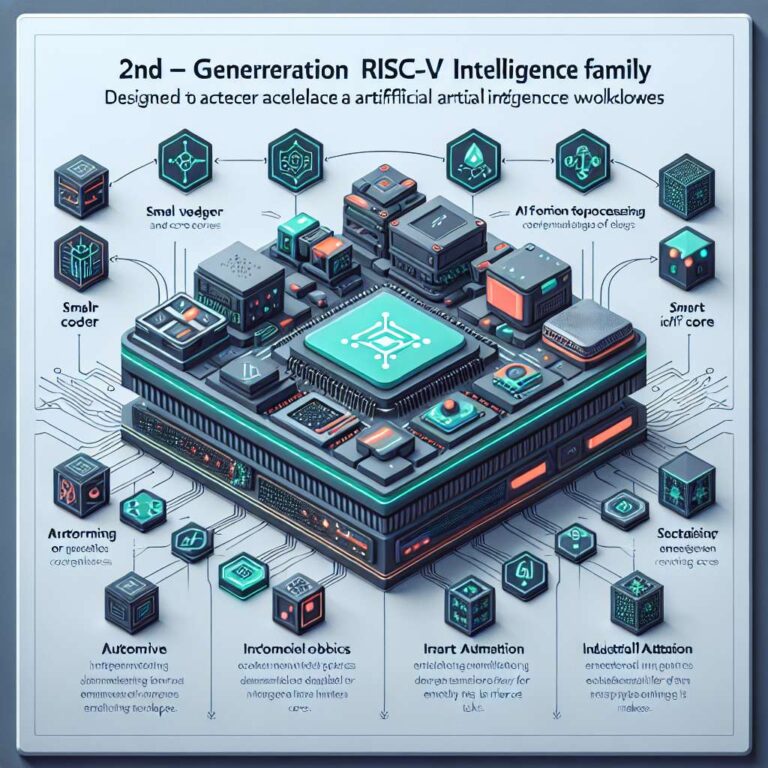SiFive announced its 2nd Generation Intelligence family, a set of five RISC-V-based products designed to accelerate Artificial Intelligence workloads. The new lineup comprises two all-new parts, the X160 Gen 2 and X180 Gen 2, alongside upgraded X280 Gen 2, X390 Gen 2 and XM Gen 2 models. The company framed the release as an expansion of its RISC-V Artificial Intelligence IP portfolio to cover a broad set of application needs.
All members of the family include enhanced scalar and vector processing capabilities tailored to modern Artificial Intelligence workloads. The XM Gen 2 is highlighted for adding or emphasizing matrix processing capability in addition to scalar and vector units. SiFive positions these architectural elements as responses to the mixes of compute primitives used by contemporary machine learning and inference tasks, aiming to better match processing types to workload requirements.
SiFive singled out the X160 Gen 2 and X180 Gen 2 as targets for far edge compute and internet of things applications, noting their focus on high efficiency within a compact footprint. The company emphasized use in deeply embedded edge environments that are tightly constrained by power and area. Industries explicitly cited as targets include automotive, autonomous robotics, industrial automation and smart IoT. The remaining three products are presented as upgraded offerings within the same 2nd Generation family, broadening SiFive´s product range for different deployment scenarios and application scales.

